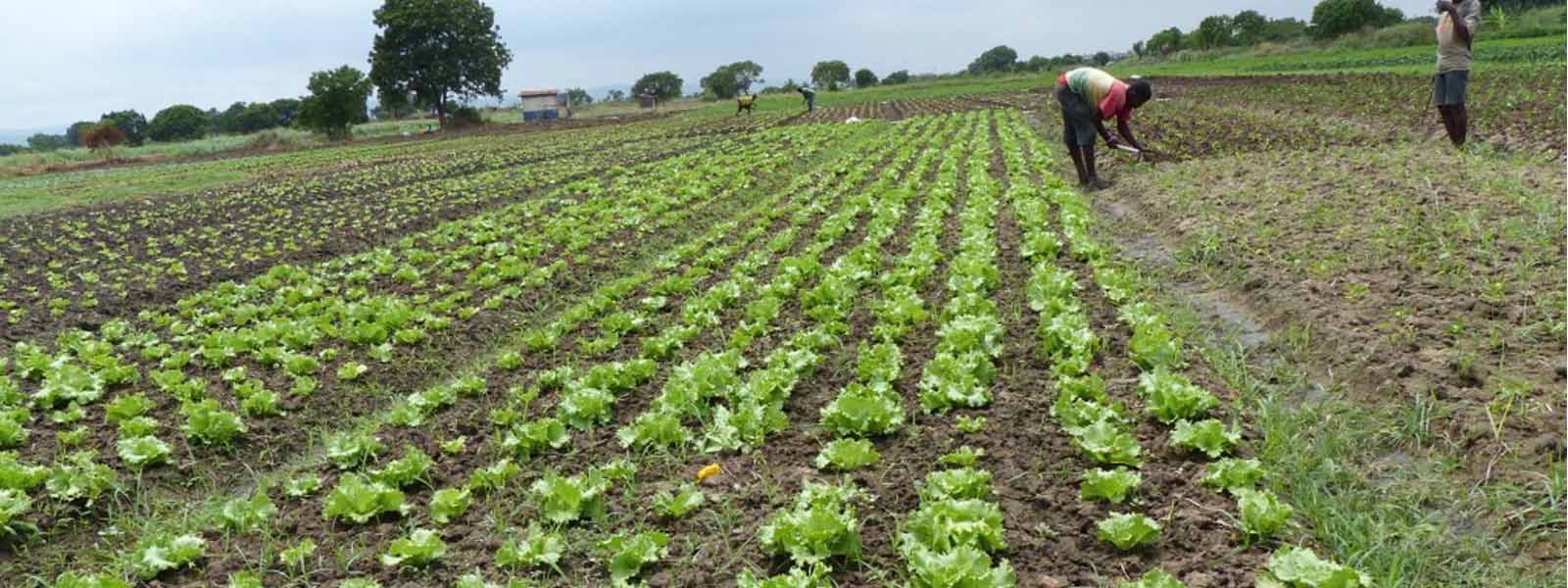Restricted access to Credit
Just like many other developing nations, Zambia struggles with prohibitively expensive loan rates. In the long run, the high-interest rates have a detrimental impact on access to agricultural financing, since fewer borrowers take out smaller loans, notably from the formal banking sector. Agrarian financing in Zambia is a fundamentally broken market. Credit is hard to come by, costly, and biased toward the bigger, corporate sector; loan terms are typically too short to meet the long-term nature of agriculture, and the time it takes for banks to process loan applications is often too long. The objective of giving smallholder farmers access to agricultural financing is to help them make necessary operational and capital investments, such as purchasing seed, fertilizer, and other planting season necessities on credit. Unfortunately, this is not always the case, and numerous programs designed to improve farmers’ access to finance have fallen short of their goals.
Determinants of Farmer Access to Agricultural Finance
Farmers need agricultural financing to buy things like seeds, fertilizers, and agricultural machinery as the price of labor and the size of their farms rise. This trend in seeking agricultural finance is driven by the investing farmer’s increasing need to keep the farm running. Numerous avenues exist for smallholder farmers in Zambia to have access to agricultural financing or loans. There are both official and informal means of communication. Once farmers have access to agricultural financing, they may put that money toward a broad variety of things, including things like buying farm implements in Zambia, Massey Ferguson tractors, or New Holland tractors. However, without access to legal intermediaries, informal vendors fill the void by offering a deposit, credit, and transfer services at premium prices.
There is only one crop per year in Zambia due to the extended dry season, and few people have access to institutional savings or credit markets. This causes a cyclical pattern in family resources, with a high point in cash reserves and food consumption after harvest and a low point in the months before harvest (January–March), which is often referred to as the “lean” or “hungry” season across Zambia. When food stores run low and money is tight, low-income farmers sometimes have to look for work outside the farm, take out loans with exorbitant interest rates, or sell assets to make ends meet. Harvest season is also a common period when families are required to make payments on input loans and other obligations, thus limiting their ability to save for the next year.
Initiative to provide credit to small farmers: Munda Credit Facility
Zanaco established this institution to expand the financial options available to smallholder farmers. Specifically, Zanaco provides loans to the District Farmers Association (DFAs), which is formally associated with the ZNFU. Prior to each planting season, the DFA conducts a needs assessment for each farmer and presents this information to the ZNFU so that it may solicit bids to cover the farmers’ aggregated need for fertilizer and seeds. Though their numbers on the ground are modest, the government’s role is to provide funding for the program and technical assistance to the farmers via a network of government agricultural extension specialists. At the conclusion of the growing season, the harvest is sold to the processors, who then pay Zanaco after deducting the principal, interest, and any other fees, such as those for group insurance.
How does credit enhance the productivity of Zambian farms?
Tractors Zambia offers a wide variety of farm implements for sale, including tractors, and other agricultural machinery, so Zambian farmers may boost their productivity if they have access to financing. This machinery includes Massey Ferguson tractors, New Holland tractors, combine harvesters, and more.
Conclusion
The rural smallholder farmers of Zambia still have a ways to go before they can have full access to and benefit from agricultural financing. The onus is mostly on the government to establish legislative frameworks and changes in the financial sector that will allow for greater reach of current institutions into rural regions and the development of new players. In order to do this, it is necessary to reevaluate bank branch licensing laws and increase oversight of rural formal banking institutions in order to maintain financial discipline and mitigate moral hazards.
Tags: agriculture, farming, machinery, tractors, zambia


Please iam interested in a walking tractor loan